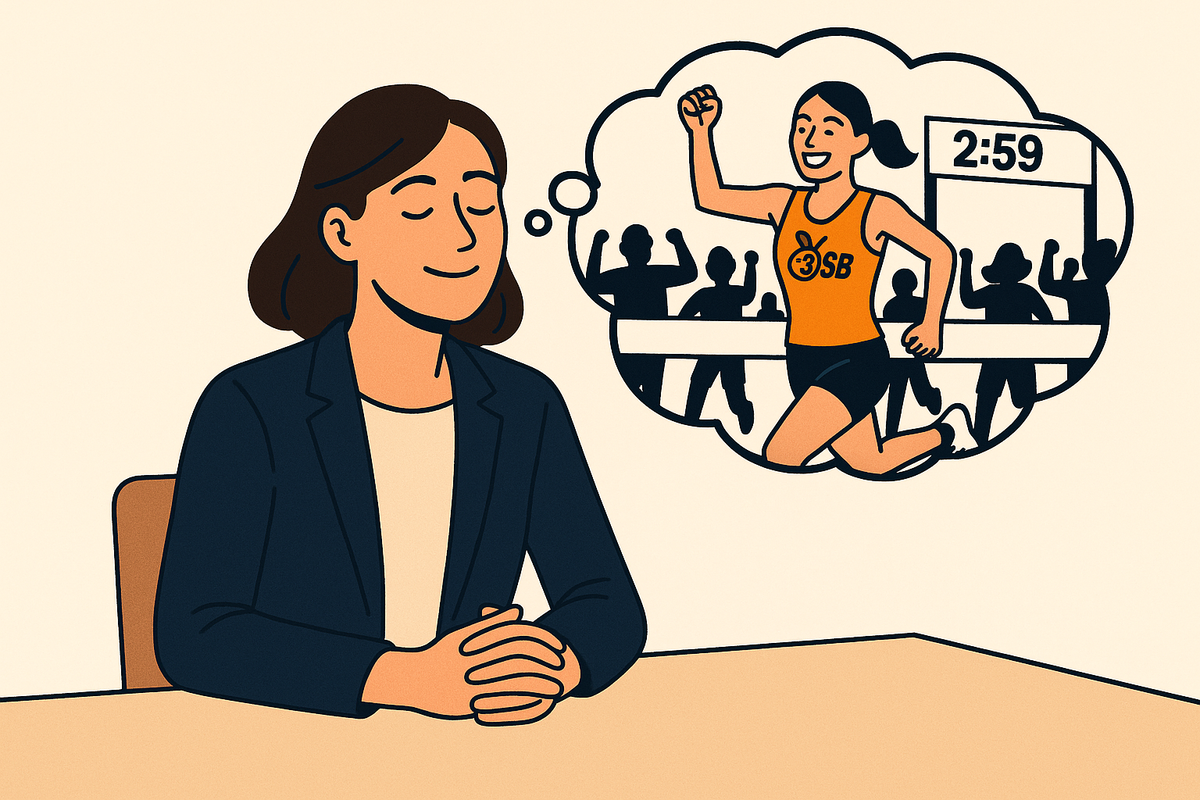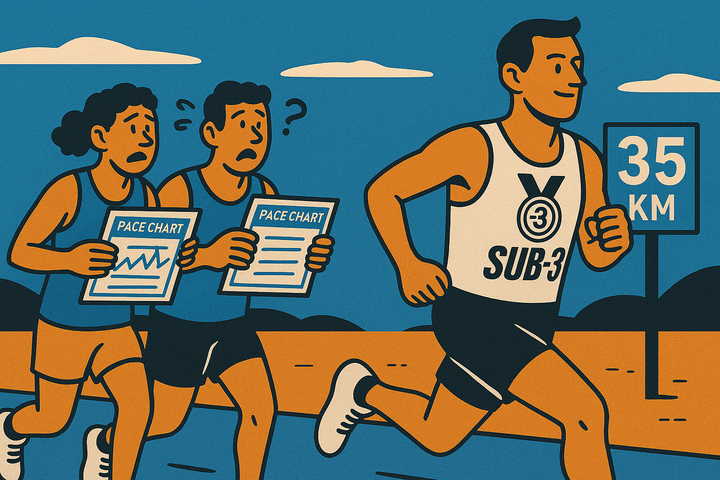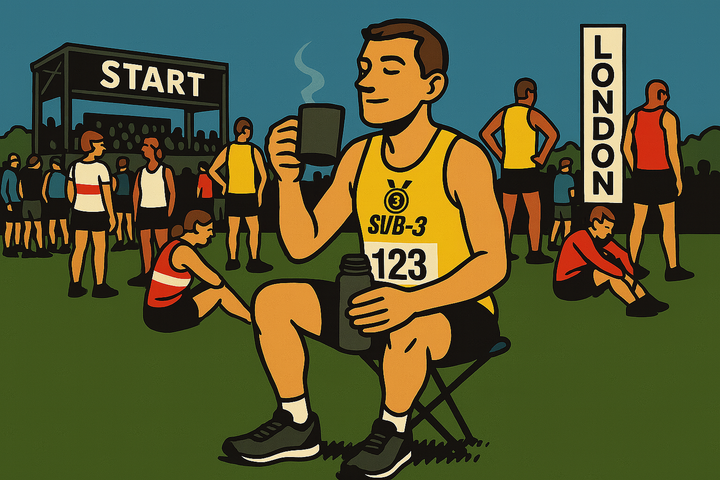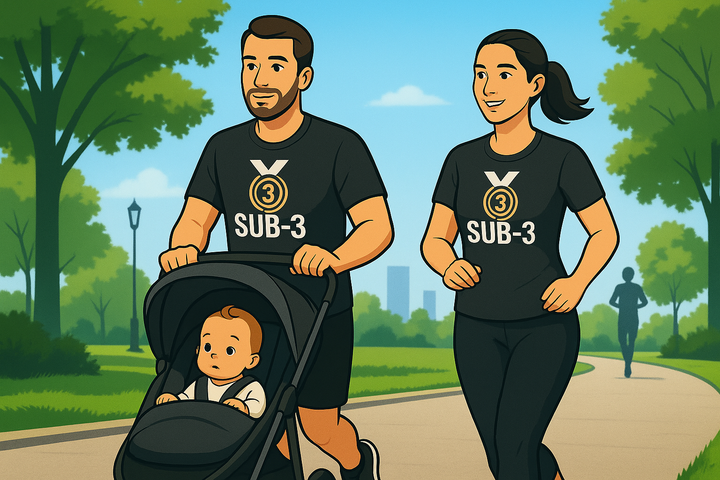Why you should visualise your sub‑3 before the big day
The mental dress rehearsal that could shave minutes off your time

If you're targeting a sub‑3 marathon, you’re already pushing limits. But building a vivid mental image of race day may help more than you realise—not as wishful thinking but as a form of mental practice. It engages the same neural pathways as physical execution, preparing your brain for the real thing.
Studies show mental rehearsal activates similar brain regions to physical performance . In other words, if you imagine it vividly enough, part of your body believes you’ve already done it.
How it builds performance
Visualisation is like a dress rehearsal for your nervous system. You build familiarity with the course, pace, atmosphere—and your responses to inevitable discomfort. It reduces surprise and anxiety, making your brain less likely to panic and your body more likely to deliver under stress.
10 ways to visualise effectively
1. Watch course footage
YouTube has footage of most major marathons. Watching helps familiarise you with key landmarks, turning points and spectator hotspots—reducing the mental strain of the unfamiliar.
2. Study the route map and profile
Know exactly where the hills, climbs and feed stations are. Spend 15 minutes locking in splits and terrain during expo visits. That mental map becomes a powerful internal guide.
3. Recreate key stretches
Whether it’s the gradient of a local bridge or the tight turn of a park loop, running similar terrain makes the real sections feel familiar. Your body remembers even when your mind forgets.
4. Walk through race‑day rituals
Visualise waking up, dressing, eating breakfast, travelling to the start. These details reduce pre‑race anxiety—you’ve already ‘done’ the morning in your mind.
5. Visualise adversity—and response
Don’t just imagine perfection. Picture tripping at mile 2, losing a gel or cramp setting in—and your calm, disciplined response. You’ve primed your brain to react sensibly, not panic. As Jim Afremow puts it: “Visualization enables you to see victory and then win.”
6. Engage all your senses
Imagine the rumble of feet crossing the start mat, the breath in your lungs on Tower Bridge, the smell of sweat and sunscreen, the stretch of pavement beneath your trainers. The richer the detail the more immersive and effective the rehearsal becomes.
7. Use mantras and affirmations
Pair visual scenes with phrases you’ll use on the day—“Smooth and strong,” “One more K.” When the tough kilometres arrive, your brain already knows the script.
8. Picture the finish line
See the clock as you cross under 3:00:00. Your legs burning, your arms raised, that first smile at the tape. Dena Kastor frames it beautifully: “What the mind sees and thinks, the body feels, and what the body feels, the mind, or at least the subconscious, learns.”
9. Repeat regularly
One session won’t cut it. Visualise throughout your training cycle—after tempo runs, during taper, even the night before. Each run-through sharpens the mental pathway toward race-day success.
10. Keep it practical
This isn’t a darkened-room fantasy. You don’t need incense or special music. Just a few minutes of focused, seated or lying visualisation—10–15 minutes twice a week is more than enough.
Final word
Visualisation isn’t magic—but it’s smart. It primes your brain, calms your nerves and reinforces muscle memory before the gun ever goes. Mental training isn’t softer than physical training—it’s part of it.
Audeo somniare – dare to dream. And in your mind’s eye, run the race before you even step foot on the tarmac.
Enjoyed this article? Help keep Sub-3 running — support us with a coffee.
To help fund the running of the site, Sub-3 is an Amazon Associate and earns from qualifying purchases. We only recommend gear or kit that has genuinely helped in our own running and that we believe is worth considering.



